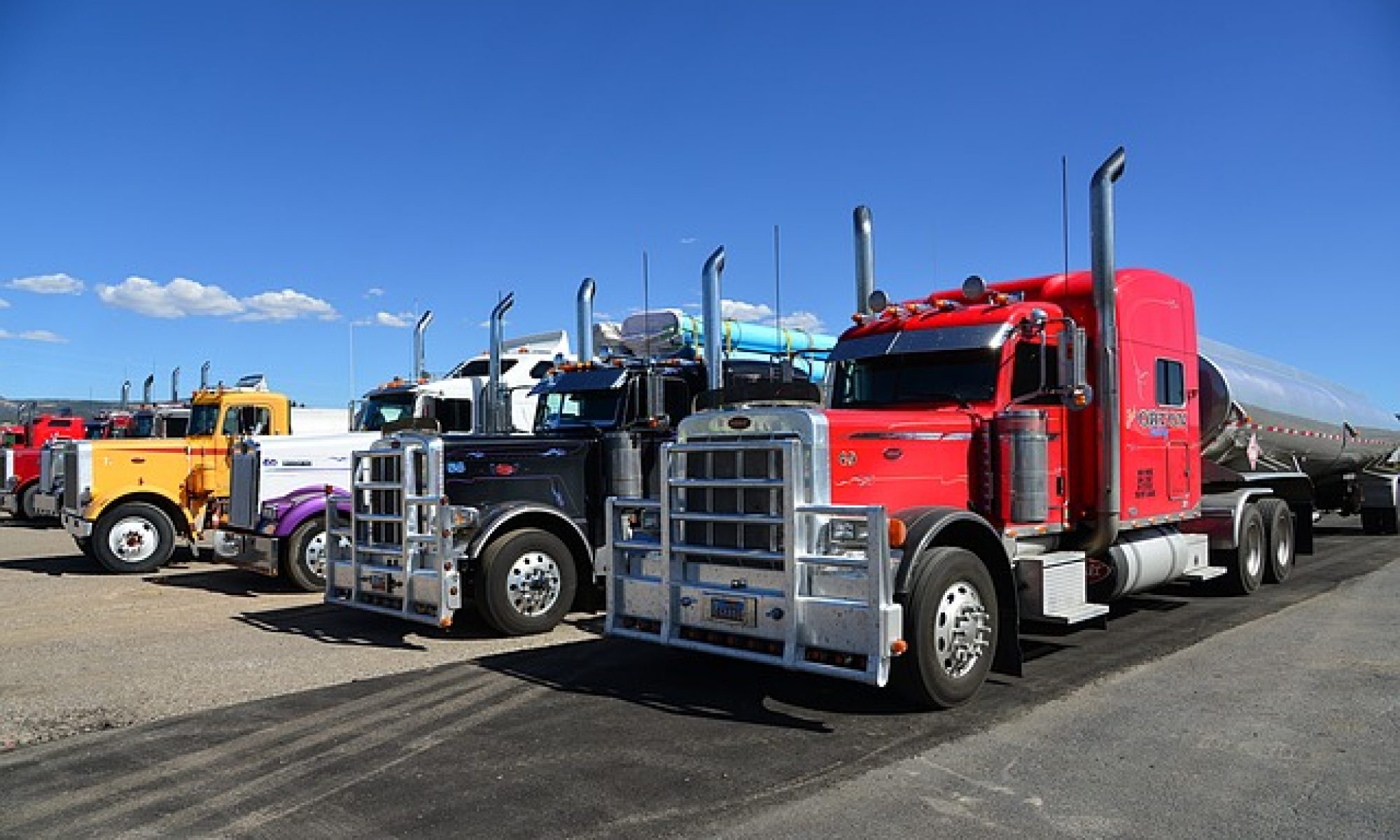Rising Groundwater Levels in Suffolk County Are Changing When You Need to Pump Your Cesspool in 2024
Suffolk County homeowners are facing a unique challenge in 2024 as increases in aquifer recharge and sea level in response to climate change can increase water levels and stream flows, creating concerns for groundwater flooding of subterranean infrastructure in low-lying areas where the unsaturated zone is already thin. This environmental shift is directly impacting how frequently homeowners need to schedule their cesspool pumping services.
Understanding Suffolk County’s Changing Water Table
If you live in Nassau or Suffolk County, the answer is, groundwater when asked where your water comes from. Our aquifers are among the USA’s most prolific, containing an estimated 90 trillion gallons of fresh water. All Long Island aquifers receive their fresh water from precipitation, averaging some 44 inches of precipitation per annum. However, recent studies reveal concerning changes in groundwater dynamics.
Between 2017 and 2023, the U.S. Geological Survey, in cooperation with the Central Pine Barrens Joint Planning & Policy Commission and the Town of Brookhaven, monitored groundwater levels and stream water quality in this region. Groundwater levels were measured monthly at five wells and continuously (15-minute intervals) at a sixth well. The data shows fluctuating water table levels that directly affect cesspool performance.
How Rising Water Tables Affect Cesspool Function
When groundwater levels rise, cesspools face increased pressure from surrounding saturated soil. This phenomenon reduces the system’s ability to effectively drain wastewater, leading to slower percolation rates and potential backups. If your cesspool is performing well, the solid wastes will settle at the bottom, the grease will rise to the top, and the liquid will drain away from the perforated sides into the ground. However, elevated water tables can disrupt this natural process.
In Suffolk County, due to the absence of centralized sewering (only 25% of Suffolk is sewered), untreated or poorly treated sewage (residential and commercial) is discharged back into the aquifers. This makes proper cesspool maintenance even more critical for environmental protection.
Adjusting Your Pumping Schedule for 2024
Traditional pumping schedules may no longer be adequate given the changing water conditions. We recommend that you clean out your cesspool systems every three to five years to prevent septic tanks from overflowing out into the cesspool. If you have older wastewater management systems like systems without septic tanks (cesspool only), then we recommend a more frequent pumping service.
However, with rising groundwater levels, many homeowners are finding they need more frequent service. The frequency of cesspool servicing depends on various factors, including the size of the cesspool, the number of people using it, and the overall household water usage. Generally, it’s recommended to have the cesspool pumped and inspected every three to five years, but current conditions may require adjustments to every two to three years.
Warning Signs Your Cesspool Needs Immediate Attention
Common signs that a cesspool needs servicing include slow draining sinks and toilets, unpleasant odors around the cesspool area, sewage backup in the house, and unusually lush or green grass over the cesspool area. Water pooling on the surface can also be a sign of an overflowing cesspool. In 2024’s changing water table conditions, these symptoms may appear more frequently or intensely.
Professional Assessment is Essential
Given the complexity of current groundwater conditions, professional evaluation has become more important than ever. While basic precautions and care can be managed by homeowners, like reducing water usage and avoiding flushing harmful materials, professional service is essential for tasks like pumping and repairs. Cesspool maintenance requires specialized equipment and expertise.
For Suffolk County residents seeking reliable service, Cesspool Pumping Suffolk County professionals understand the unique challenges posed by changing water table conditions and can provide expert guidance on optimal pumping schedules.
Quality Cesspool: Your Trusted Partner
Selecting Quality Cesspool for your cesspool maintenance and services means choosing a partner who values excellence and customer satisfaction above all. We pride ourselves on our ability to deliver top-quality service, backed by our team of licensed and highly trained professionals. Our approach to service is based on clear communication and transparency, ensuring that you are always informed and comfortable with our processes.
Quality Cesspool, a trusted cesspool company in Suffolk County, NY, has served the community with dedication and expertise for more than a decade. Our team, equipped with extensive knowledge and experience, is committed to offering the best cesspool solutions to residential and commercial clients.
Looking Ahead: Preparing for Continued Changes
Phase 2 of the study, which includes well drilling, data collection, and model recalibration for Suffolk County, is anticipated to be complete in 2025. Phase 3 will identify and fill data gaps identified during Phases 1 and 2 and will include long-term monitoring and modeling maintenance. This ongoing research will provide better understanding of how to manage cesspool systems in changing environmental conditions.
Suffolk County homeowners should stay proactive about cesspool maintenance, monitor their systems more closely, and work with experienced professionals who understand the evolving groundwater dynamics. Regular inspections and adjusted pumping schedules will help ensure your system continues to function effectively while protecting both your property and the local environment.
As we navigate these environmental changes in 2024, partnering with knowledgeable cesspool service providers becomes essential for maintaining system reliability and compliance with local regulations. Don’t wait for problems to develop – schedule your assessment today to determine if your pumping schedule needs adjustment for current water table conditions.

